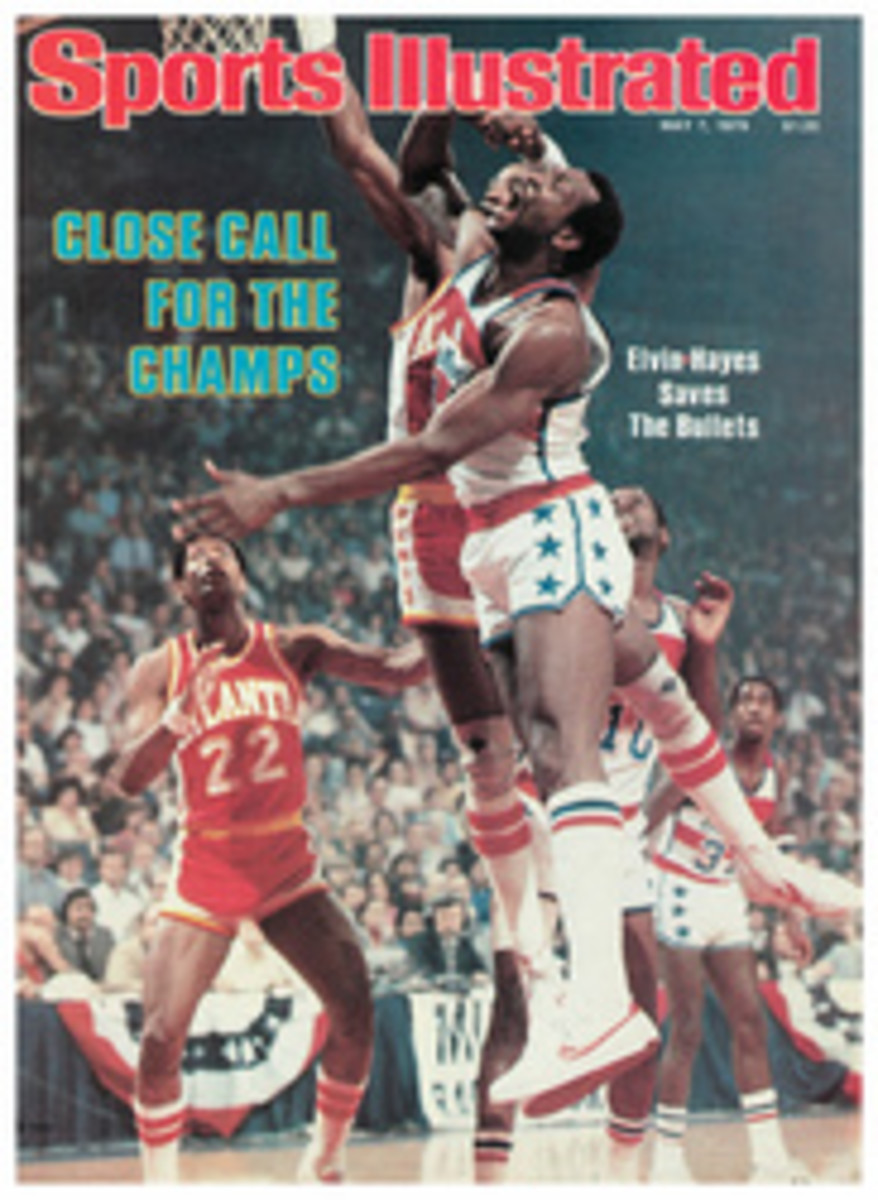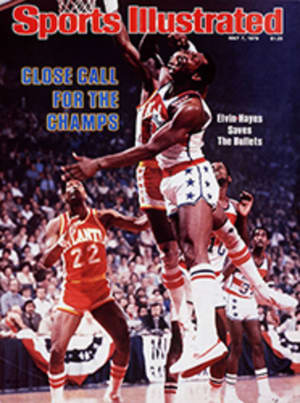
PEERING INTO THE PRO PSYCHE
It is a drizzly night in the Los Angeles Coliseum, months before the pro football camps will open. Except for a security guard or two, the 71,414 seats are empty. But the lights are on, and down on the grass two teams are going at it. A quarterback keeps fading back to pass and keeps getting sacked on play after play. It is as if a spectator has somehow wandered into Joe Namath's cruelest nightmare.
But those are movie cameras shooting the action, not TV. And that portly line coach is not a coach at all, but actor Charles Durning. The Coliseum this night is merely a gigantic set. Hollywood hates to see pro football players unemployed in the off-season, so the studios make football films, or, at least, films with football backgrounds: Brian's Song, The Longest Yard, Black Sunday, Two-Minute Warning, Heaven Can Wait.
This latest is North Dallas Forty, from the 1973 novel by ex-Dallas Cowboy Peter Gent, a picture due to open in August. Big, athletic-looking actors have the major roles, which figures, but no fewer than 19 active or recently retired NFL players have signed on, and many of them—Tommy Reamon of the San Francisco 49ers and John Matuszak of the Oakland Raiders, for example—have good speaking parts. Producer Frank Yablans says they are doing an excellent job, and he promises that the football action in North Dallas Forty will be the best ever seen in a movie.
Yablans figures that making a war movie would be a lot easier. Just hire a plain in Spain "and put some soldiers out and have them form boxes and shoot." Logistically, he says, "This has been a horror, the toughest one we've ever been involved in. We're shooting at night with a very short focal lens on the action, so everything else goes into a blur and a maze of colors. That way we don't have to use all those extras to fill the stands.
"What we're looking to do is make a football game from a subjective point of view, a player's point of view, rather than the spectator's. We have cameras that are shooting up through the huddle into faces, cameras shooting through a lineman's legs into the defense, snorkel cameras that are moving up and down the line."
A great deal of the screen time in the movie, including the 5½ minutes of football action, will feature Nick Nolte (pictured left), who plays Phil Elliott, a veteran player (and pot smoker and pill popper) beset by injuries. Nolte has reasonably good acting credentials: lead parts in the movies Who'll Stop the Rain? and The Deep and the television mini-series Rich Man, Poor Man. And his football credentials aren't bad, either. Nolte attended five different colleges. Arizona State Coach Frank Kush vaguely remembers him on the Sun Devil frosh team, but Nolte played his best football in 1959 at Eastern Arizona JC in Thatcher, where he punted and played quarterback. Coaches remember that he made a long kickoff return against New Mexico Military Academy. In 1961 he was punter and defensive back at Pasadena City College and made two interceptions. Now, 18 years later, he is a receiver for the North Dallas Bulls. To make sure he looks authentic, he hired a tutor, Fred Biletnikoff, a 14-year veteran of the Oakland Raiders.
"I think the whole thing about the book is that it shows the inside of football—what a ballplayer has to do to play every Sunday," Biletnikoff says. "It's what a ballplayer has to do regarding injuries. It isn't a matter of deciding if you can play. It's deciding what you have to do to get out there and play."
Nolte is "pretty much a natural athlete," said Biletnikoff. "He catches the ball well, runs patterns well, and he has a fine natural run that makes him look like a receiver."
Yablans, Nolte, Biletnikoff and author Gent, among others, watch the rushes every night, and all say they are pleased. "We pay the players so much a day when they hit and so much a day when they don't," says Yablans. "So they have the incentive. Plus, we are awarding bonuses for the play of the film and the catch of the film and the hit of the film. So they're all revved up."
"The catches that Nick makes are good catches, very realistic," says Biletnikoff. "The thing I get out of it is seeing him come off really well on the screen. It's been a long time since the actor has gone in to do a film about athletics, in any sport, and looked pretty natural. I want to get it to the point where, when football players are watching this film, they'll say, That's Nick Nolte, an actor, but he looks like a football player.' "
PHOTO

